Seaweed in focus
What will it take to make Indonesian seaweed competitive?
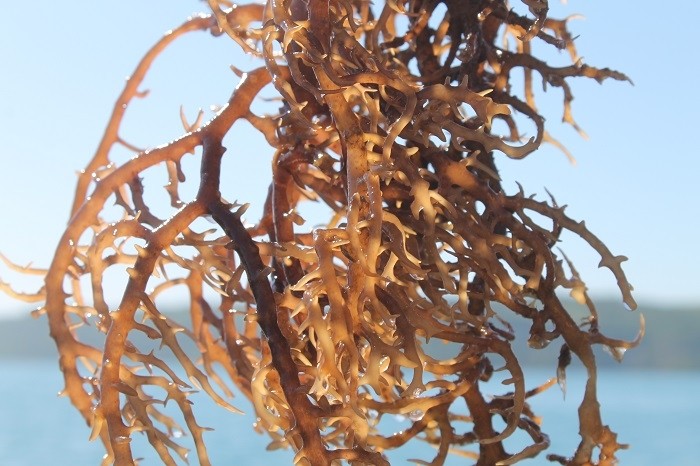
While the country accounted for an estimated 75% of global cultivated tropical seaweed production, much of this was shipped to China or the Philippines for processing. Now the Indonesian government plans to process half its seaweed domestically by 2020.
But with heavily subsidised Chinese processors gobbling up local stock and multinationals like Cargill already set up in the Philippines, how can Indonesia become competitive on the global stage?
National trade groups like the Seaweed Industry Association of Indonesia (ASTRULI) have been lobbying for government support and incentivisation like an export quota, export tax or subsidisation of production costs.
Yet speaking with us at a foreign buyer mission on agar and carrageenan, Indonesia’s director general for Fisheries Product Processing and Marketing at the Ministry of Marine Affairs and Fisheries (MOMAF) Saut Hutagalung said it was too soon for these measures. Instead the industry needed to consolidate and improve product quality and production efficiency, he said.
“We have to do this in a gradual way. Our capacity to process in the country is still limited. So we will wait until the domestic capacity is sufficient, then we will limit the raw material and during that particular time we will use certain instruments to control the raw material for domestic processing. One of these options is an export tax. At the moment we haven’t taken any steps in that direction.”
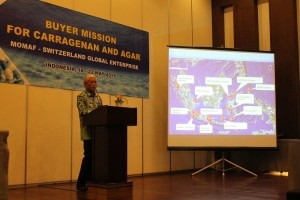
However, one priority for the government was to encourage investment in domestic processing of the seaweed, which goes on to be used by the food industry for its gelling, thickening and stabilising properties.
He said this could mean some kind of deal with foreign companies – for example stipulating that they must buy semi-processed ‘chips’ instead of the raw material and invest in a plant in Indonesia if they wanted continued access to Indonesia’s seaweed supply.
Reacting to the statement, Hendrico Soewardjono, CEO and managing director of Indonesian firm Agar Swallow, warned against a flood of foreign processors to Indonesia.
Soewardjono said a culture shift was needed when it came to foreign investment. Historically there had been a 'take-take' culture, with foreign companies seeing Asia as a source of raw materials or a pool of new consumers. What was lacking was a culture of exchange, where both parties appreciated what the other could offer in terms of capital, commodities and local market knowledge.
He added that the Indonesian government must first invite its own people before it invited the rest of the world.
Other processors we met on the trip, organised by the Ministry of Marine Affairs and Fisheries (MOMAF) and Switzerland Global Enterprise (S-GE), expressed similar reservations.
Keeping heads above water
Johanes Sukatio, president director of Java-based Algalindo, told us it was impossible to keep up with China when its processors received incentives like tax rebates and production-cost subsidies. He said he had flagged this competition threat years ago but no one heeded his warning and now Chinese manufacturers like BLG dominated the market.
He said the government should give loans for Indonesian companies to expand and compete.
Roger Balce, founder of Sulawesi-based CC Carrageenan, said he was worried about an increase in competition, which he’d already seen in the last two decades since the company began. He said an increase in processors could bring the product price down and make it increasingly hard to meet production costs.
Unlike his fellow processors, he said an export tax wasn’t the way to go since neighbours like the Philippines did not do this. Instead lowering production costs through subsidisation would help them compete.
Sweet parallel
One parallel with the seaweed industry was cocoa. Indonesia was the world’s third biggest cocoa producer and in 2010 the government enforced a cocoa bean export tax to encourage domestic grinding.
Since then the country had seen a flurry of multinational investment – with Cargill, Barry Callebaut and Olam International all making significant investments in the area in the last two years.
From sea to factory
Agar Swallow’s Soewardjono said the government’s refusal to help the seaweed sector while boasting big development plans revealed their belief that it was the responsibility of the private sector to boost the prosperity of the people. This required a “paradigm shift”, he said, if industry were to thrive.
However, Martin Stottele, head of economic development cooperation SECO at the Swiss Embassy in Indonesia, said the government was reluctant to jump in with an export tax because they knew it would be the farmers who would lose out if the domestic processors were not yet able to absorb the commodity.
He said it would take at least two to three years before the sector was ready for an export tax or a quota.
Stottele echoed the minister’s thoughts on efficiency, saying greater research was needed from cultivation to processing level.
This year the government invested 20bn Indonesian rupiah (€1.37m) in its National Seaweed Research Centre in Lombok, an annual budget that increased from 13bn IDR (€892,539) last year. The centre looked to optimise breeding and cultivation to standardise crop yield and final gel strength.
Some of the processors said farmers needed training to weed out the bad habit of harvesting too soon, which may be motivated by the desire to make more money.
International appeal
Both Indonesia and the Swiss import promotion programme expected Indonesian processing to appeal to European buyers because of increased traceability – with fewer links in the supply chain if grown and processed in the same country.
One European buyer on the trip told us the food industry knew Indonesian-processed seaweed was the future, but this would not come without support from the government and greater efficiency from the industry. He said currently they could get carrageenan and agar cheaper from China or even Europe.
Motivation to change suppliers would be needed, particularly given major players had established supply chains elsewhere.
Cargill, for example, already had a joint processing venture in the Philippines, which served the Asian market for things like jellies. Meanwhile its plants in France served the European market for things like meat.
Another European buyer on the trip commented that many of the Indonesian processors on the trip simply did not yet have the level of certification required by EU manufacturers.
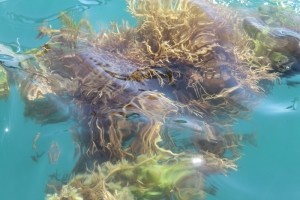
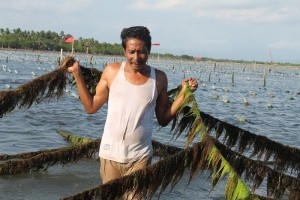
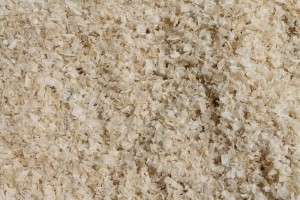


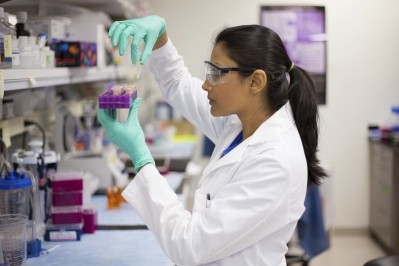
![Seaweed & Co: “[DNA testing] will help differentiate material from cheap, nasty stuff coming onto the market with no testing whatsoever,.”](/var/wrbm_gb_food_pharma/storage/images/_aliases/wrbm_medium/1/3/9/7/3407931-3-eng-GB/DNA-seaweed-authentication-test-launched-in-UK.jpg)





















